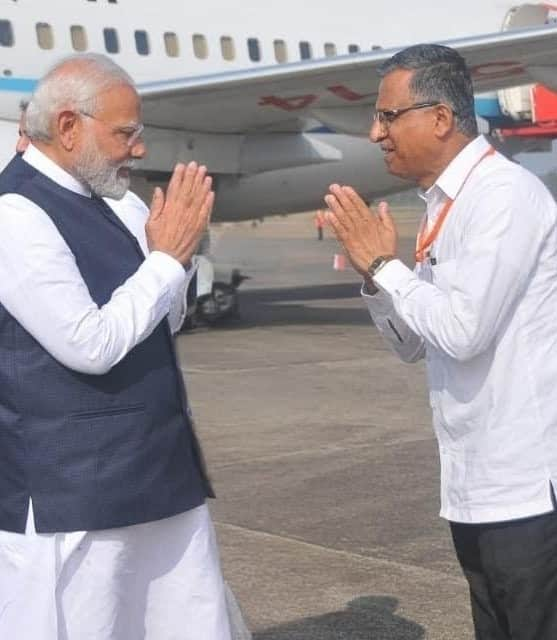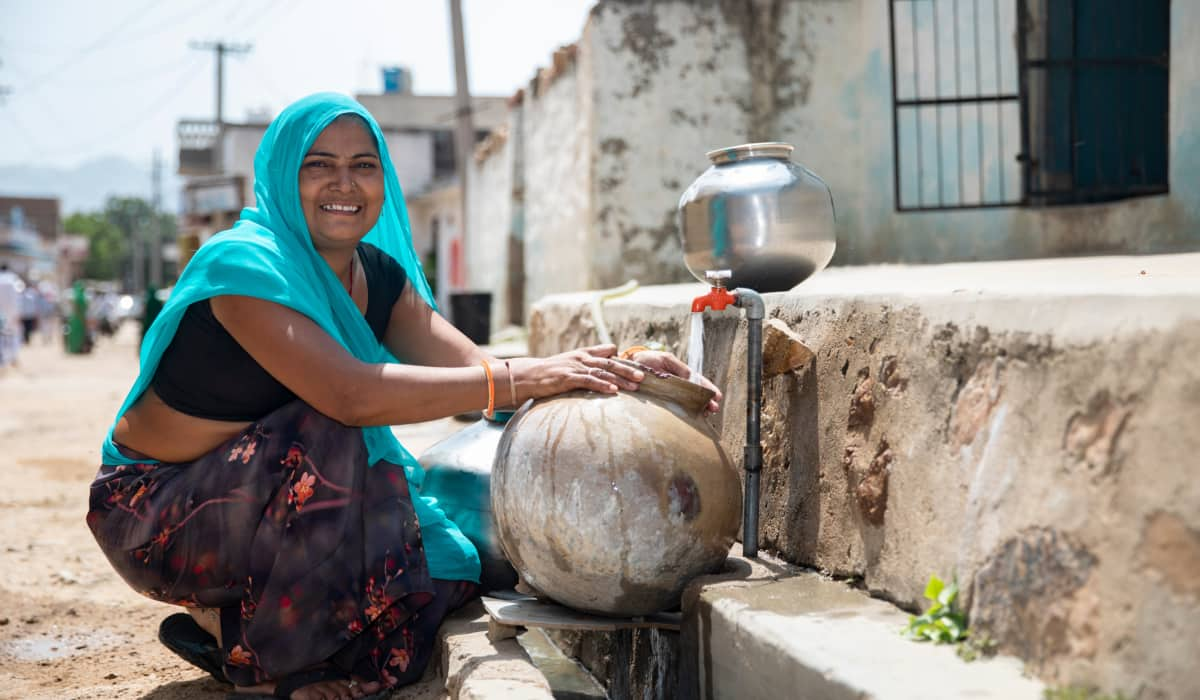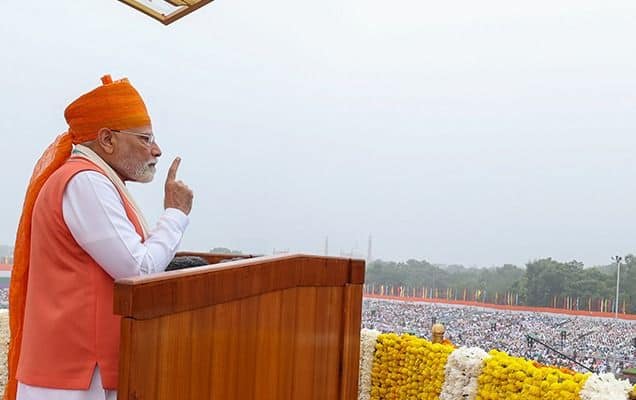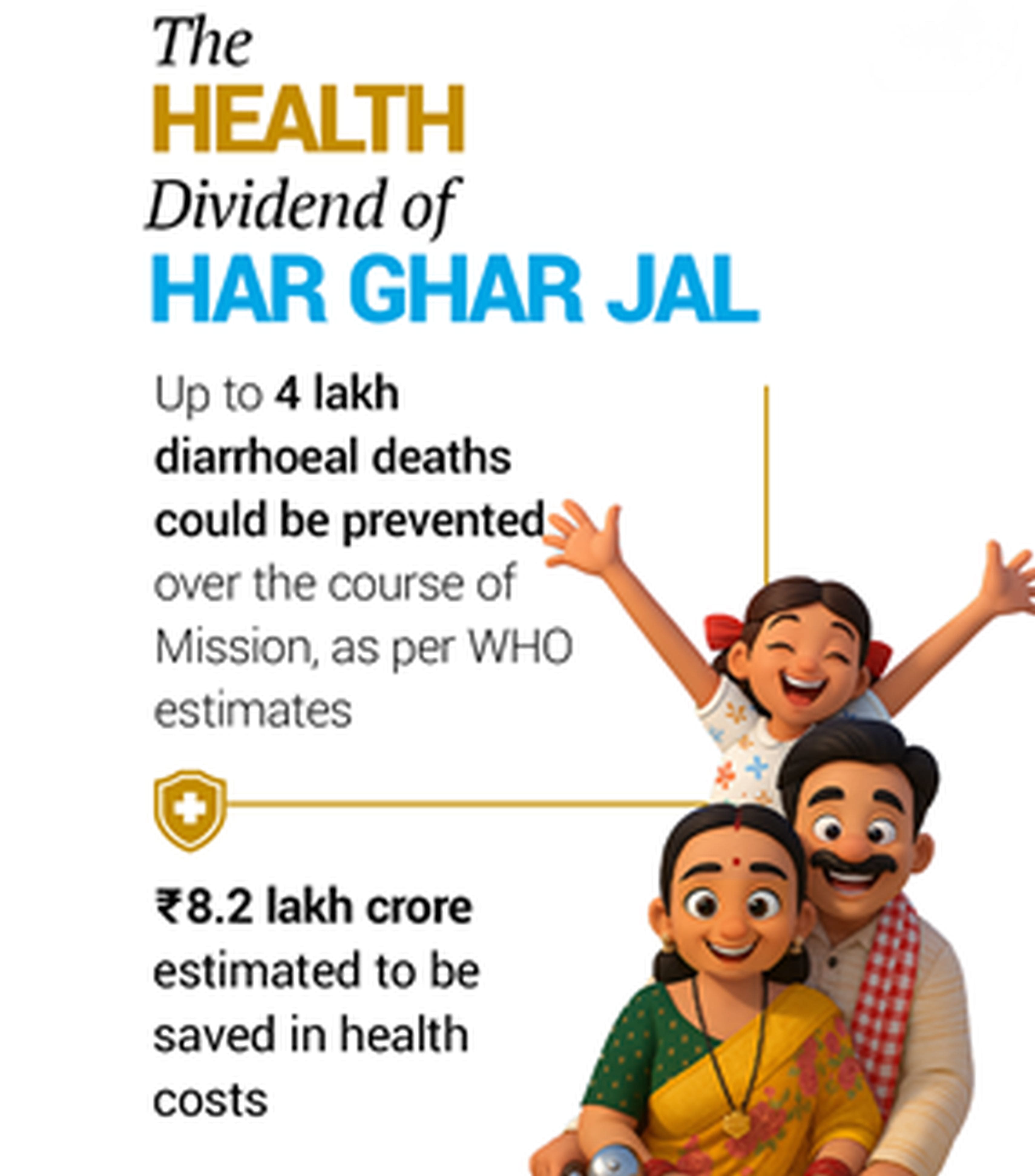In the past decade, India has undergone a monumental transformation in its urban infrastructure landscape. From the modernization of railways and highways to the revitalization of waterways and aviation, the Modi government's commitment to infrastructure development has been unwavering, driving unprecedented growth and connectivity across the country.
One of the most significant aspects of this transformation has been the overhaul of India's railways. Once burdened by overstretched infrastructure and inefficiencies, Indian Railways has undergone a remarkable metamorphosis, marked by increased budget allocations and strategic investments. Over 25,000 kilometers of new railway tracks have been laid, surpassing the total length found in many developed countries. Railway electrification has surged to 94%, unmanned rail crossings have been eliminated, and safety measures have been enhanced. The introduction of bio-toilets, GPS-based tracking systems, and online reservation platforms has revolutionized the passenger experience, making train travel safer, cleaner, and more efficient. Initiatives like the Dedicated Freight Corridor and the introduction of indigenous semi-high-speed trains like the Vande Bharat Express and Namo Bharat symbolize a new era of speed, innovation, and excellence in railway transportation.
Similarly, India's road and highway sector has witnessed unprecedented growth and development. With the construction of over 55,000 kilometres of highways in the last decade, Modi government's commitment to infrastructure expansion is evident. Projects like Bharatmala Pariyojana are not only improving connectivity but also addressing the needs of underserved areas, economic hubs, and tourist destinations. By prioritizing multi-modal connectivity through initiatives like PM Gati Shakti Yojana and the National Infrastructure Pipeline, the government is fostering integrated planning and execution of infrastructure projects, and ensuring timely completion of projects.
Projects like Sagarmala is leveraging India's vast coastline for trade and transportation, reducing costs and promoting sustainable development. Inland waterways, which were once neglected, are now being revitalized to unlock their full economic potential. By investing in water transport infrastructure, the government is not only creating employment opportunities but also reducing the burden on road and rail networks, easing congestion and promoting environmental conservation.
The civil aviation sector has also undergone a huge transformation, with the expansion of airports and flight routes contributing to economic growth and accessibility. Thu number of operational airports have more than doubled in the post decade while initiatives like UDAN (Ude Desh ka Aam Nagrik) have facilitated regional connectivity, ensuring that even remote and underserved areas are integrated into the national aviation network. The National Monetization Pipeline is further enhancing infrastructure development and management, unlocking the value of existing assets and attracting private investments to fuel growth and innovation in the sector.
The Modi-led government has also been actively tackling the challenges associated with urban infrastructure in Indian cities. Through initiatives like the Smart Cities Mission, the government leveraging technology, data, and citizen participation to develop 100 smart cities across the nation. These smart cities are focused on enhancing infrastructure, transportation, waste management, and overall quality of life. Additionally, the Swachh Bharat Abhiyan has had a significant impact on urban infrastructure by prioritising sanitation, waste management, and cleanliness. Millions of household and community toilets have been constructed, leading to the eradication of open defecation in several cities. Furthermore, efforts to improve waste collection, segregation, and disposal have contributed to enhanced urban cleanliness.
The expansion of metro networks has also been a game-changer for urban transportation in India. Under Prime Minister Modi's leadership, the number of cities with metro rail systems has increased from just five in 2014 to twenty today. This exponential growth has not only eased traffic congestion in major urban centres but has also provided residents with a faster, more reliable mode of transportation, enhancing overall mobility and accessibility.
In addition to physical infrastructure, the Modi government has also emphasised the importance of digital infrastructure in India's urban transformation. From digital governance platforms to e-governance initiatives, technology has played a crucial role in streamlining urban services, improving efficiency, and enhancing transparency in urban administration. By harnessing the power of digital technology, cities are becoming more connected, responsive, and citizen-centric, empowering residents and driving inclusive growth.
At the heart of these infrastructure initiatives lies a vision to build a New India that is inclusive, sustainable, and resilient. By addressing the needs of both urban and rural areas, the Modi government is bridging the gap between the haves and the have-nots, empowering millions of citizens and driving socio-economic development across the country. It has not just been about building physical structures but about transforming lives and unlocking opportunities for all.
As the government continues to prioritise infrastructure development, it is laying the foundation for a more sustainable and prosperous future. With each new project and initiative, India is taking giant strides towards realizing its full potential and emerging as a global leader in building infrastructure that is vibrant, inclusive, and resilient.


























